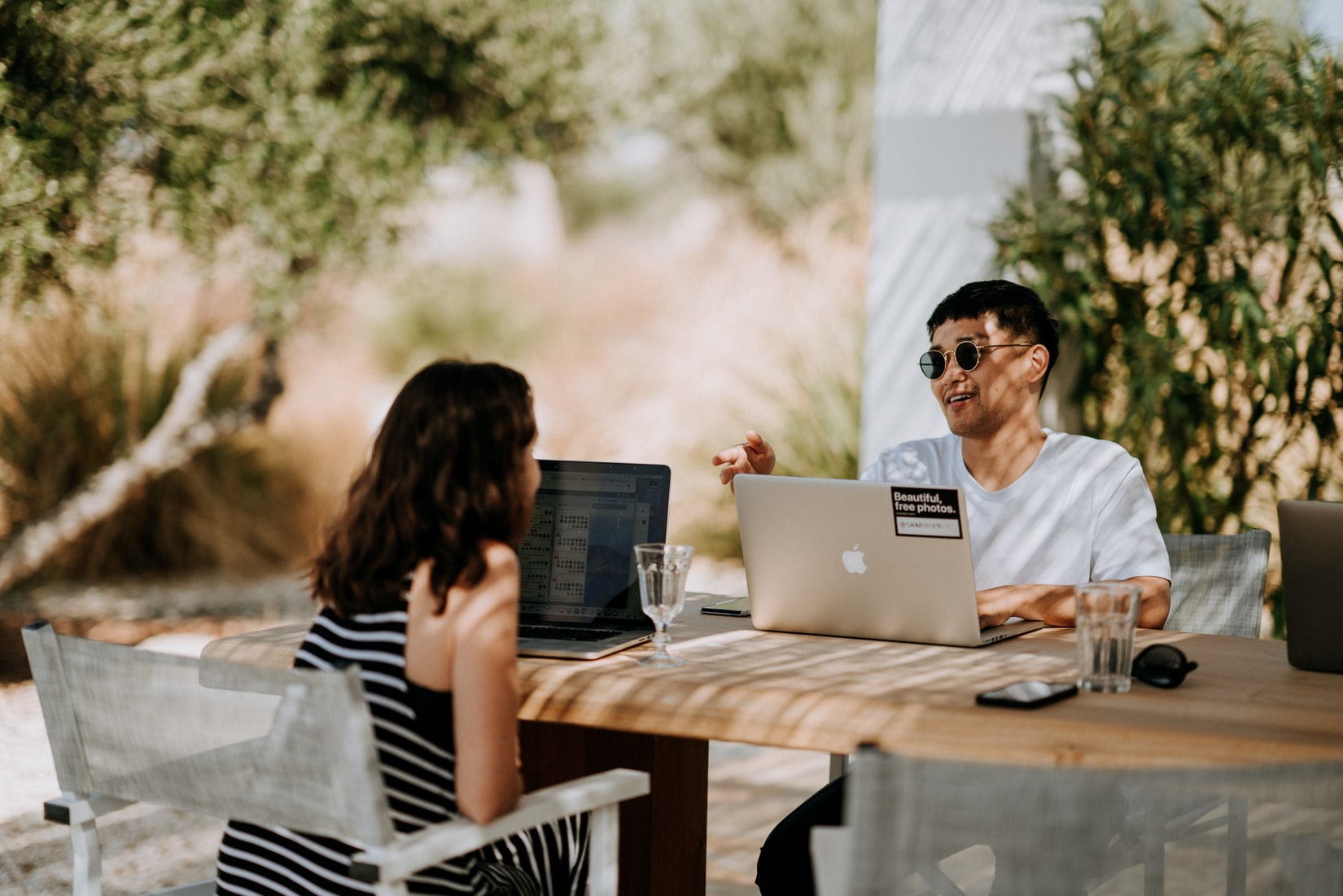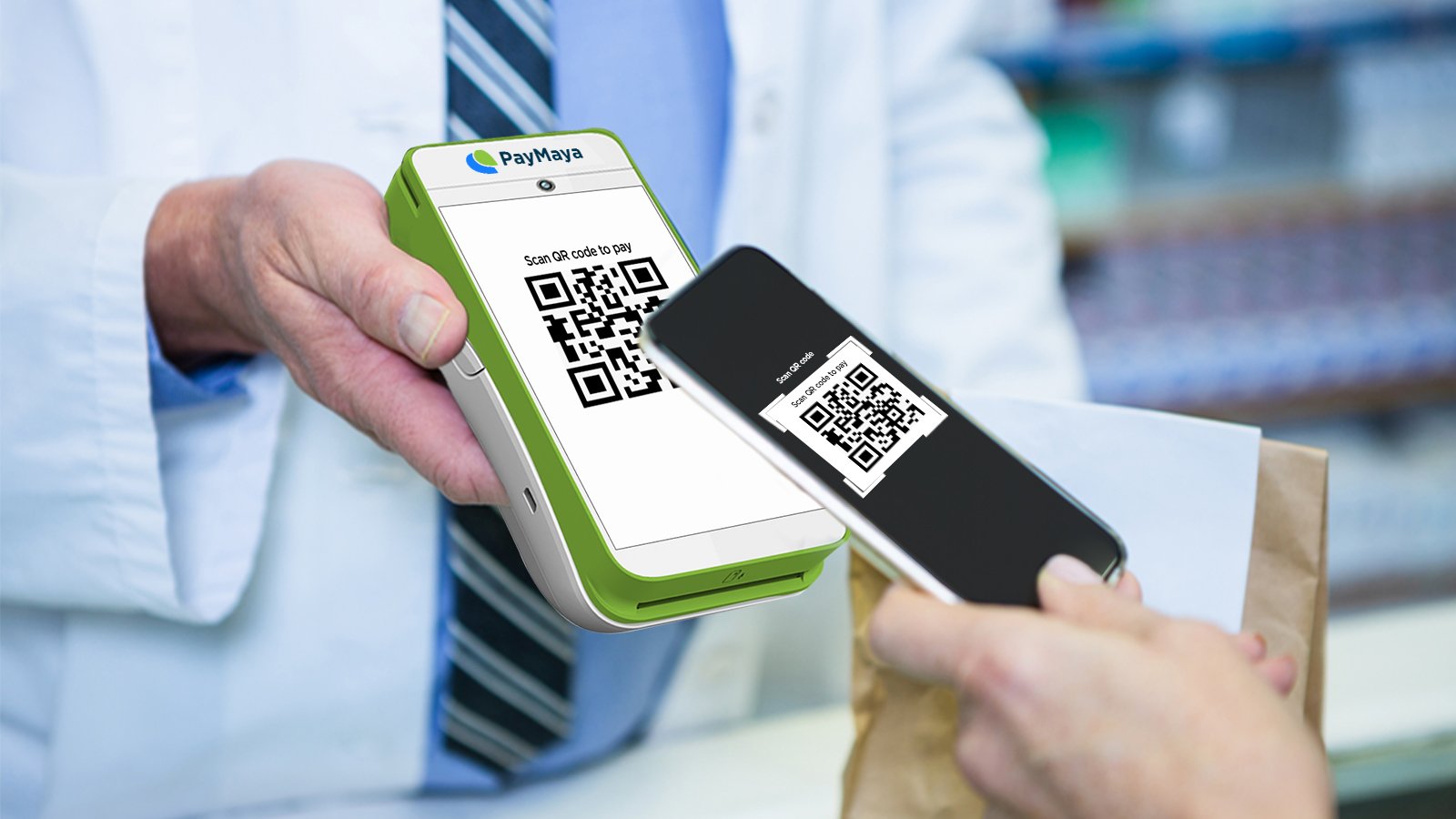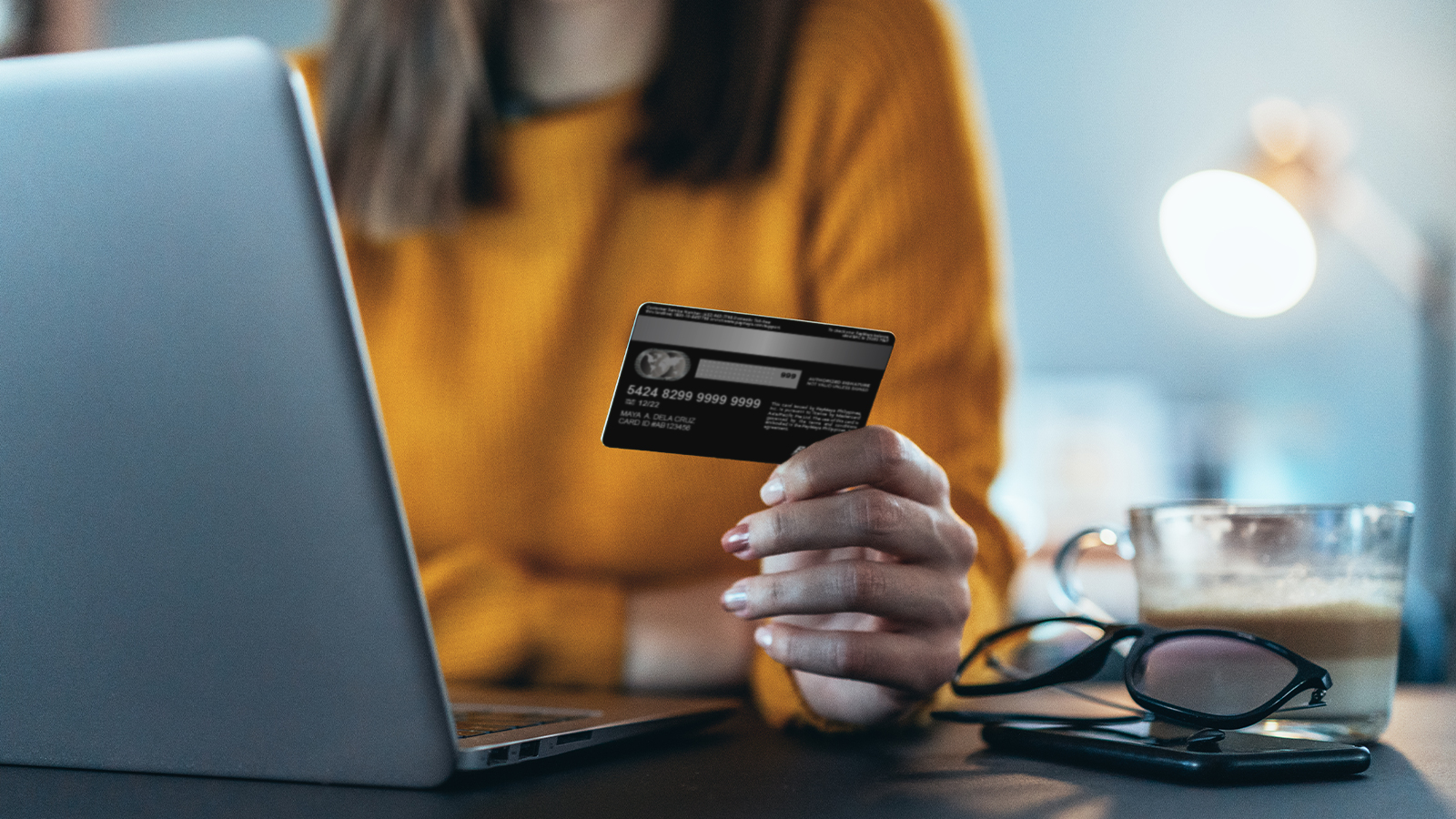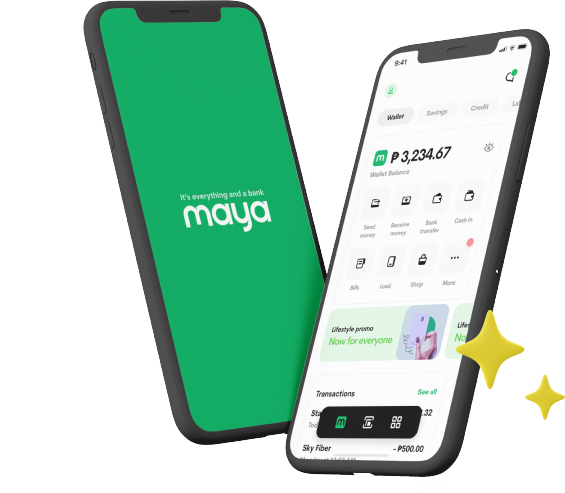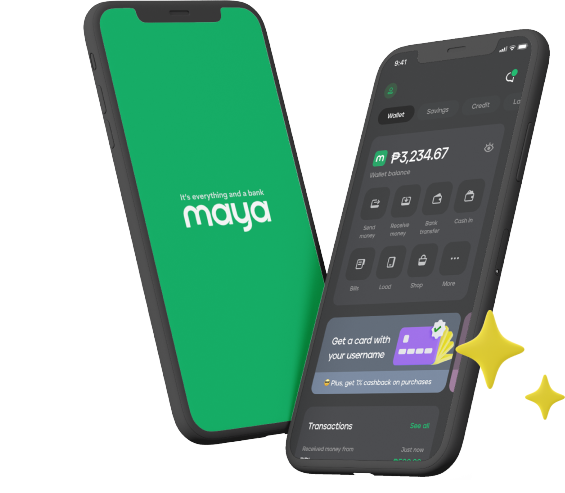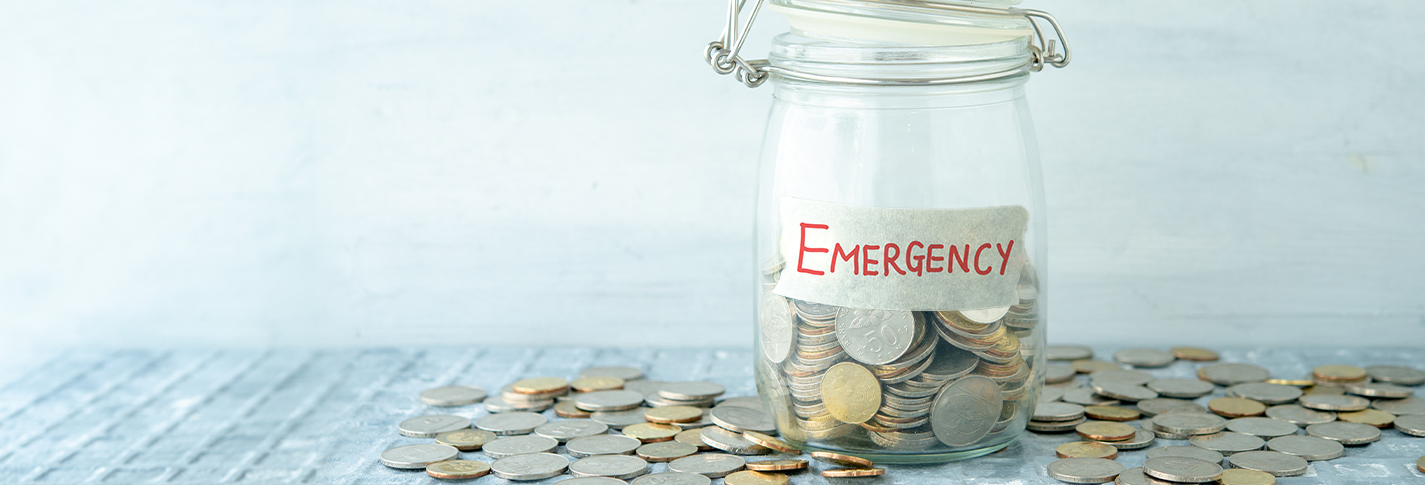
If there’s any lesson that the 2020s has taught us so far, it’s that nothing is certain. Unforeseen events happen all the time, and our financial stability is not guaranteed by any means. While you can almost certainly borrow money and survive most disasters, your financial independence may take years to recover, if at all.
Having an emergency fund gives you the flexibility to deal with these events without having to borrow money. But while emergency funds should be liquid and accessible, they’re not to be confused with short-term investments that could be divested in a short period of time.
Most financial advisors will recommend that people have an emergency fund of some kind. This fund should be separate from the one used for everyday expenses and big-ticket purchases.
What Should You Use Your Emergency Fund For?
Emergency funds, as the name implies, should only be used for real emergencies. They shouldn’t be used to fund vacations, day-to-day expenses, funding a business, investments, or shopping sprees. Each of those things should have their own fund, separate from your emergency fund.
Dipping into your emergency fund should only be done during major emergencies such as job loss, hospitalization, and your home needing critical repairs, among many possibilities. One-off expenses such as you needing equipment needed for an unexpected work-from-home or home-schooling situation may be considered. However, as much as possible, these kinds of purchases should be planned in a separate fund.
How Much Should I Save Up for My Emergency Fund?
Online, you will often see financial advisors tell you to save the equivalent of 3 to 6 months of your salary as a starting point. Rarely, you will see recommendations to save about a year’s worth.
You must take these recommendations with a grain of salt, as they might be intended for people in countries where savings are much easier to build. While it would be great if you could do it, realistically speaking, it would be impractical for most Filipino earners to save six months to an entire year’s worth of their salary for an emergency fund.
For most Filipinos, 3 months equivalent is usually a “good start,” though it all depends on your circumstances. Others may recommend that you save enough to cover a major medical emergency, which brings you to the neighborhood of P500,000 to P1,000,000 pesos, which is definitely much more than 6 months salary for most Filipinos. Be sure to consult a financial advisor for a recommendation more tailored to your specific situation.
Are There Any Drawbacks to Building Emergency Funds?
The reason financial advisors tend to tell you to limit the size of your emergency fund to under a year is all down to inflation.
An emergency fund needs to either be kept in a savings account or as hard cash so that it could be spent immediately to cover real emergencies. Because the value of cash constantly declines, the purchasing power of your emergency fund will continuously get depleted over time. As a result, it may make more sense to either spend or invest money once your emergency fund is big enough to cover most emergencies.
This shouldn’t be taken to mean that you shouldn’t have an emergency fund, though. In fact, you should. This just means that for most people, there is a practical limit to how big that fund should be. And when you do reach that limit, it could be even considered a good problem to have.
10 Strategies to Make Saving Up for Emergency Funds Easier
If you’ve decided that having an emergency fund makes sense for your situation, we’ve got a few strategies that may help you build it sustainably.
1.) Keep Track of All Your Monthly Income and Expenses
Whenever you’re building a fund, you must have an accurate picture of your cash flow. This will help you decide just how much you can comfortably afford to put in your emergency fund each month. If you have the Maya app, you’ll be glad to know that Maya logs all transactions, which makes keeping track of your cash flow as simple as it is accurate.
2.) Make It a Habit to Pay Your Bills on Time
Paying bills on time doesn’t just make good financial sense, it’s important for maintaining a good credit rating as well. Late fees and penalties may not always seem like much, but every peso still counts. The cash that you use to pay off late fees on your utilities and insurance premiums could have gone to your emergency fund instead.
There are many reasons why we sometimes forget or put off paying our bills. However, the inconvenience of lining up at a bank or payment center, is by far, one of the biggest deterrents to paying bills on time. Of course, Maya users can pay their bills instantly—anytime, anywhere. A good number of Maya account holders use their e-wallets to skip the lines with hassle-free mobile bills payments.
By finding a way to pay your credit card bills on time, you not only improve your credit ratings, but you also avoid the late fees and inflated interest rates that make it difficult to build up your emergency funds. Moreover, when you pay your utility bills and other recurring expenses on time, you build that positive financial habit of being responsible when it comes to managing your essential living expenses.
3.) Draw a Line Between Your Emergency Fund and Everything Else
Your emergency fund should always be separate from funds meant for other things, including everyday expenses. This is regardless of whether you choose to keep it in a savings account, as ready cash, or in your Maya e-wallet.
Ideally, the funds should be accessible, but not so accessible that you can easily spend the money. If the account can beat or offset inflation, then that’s another great bonus. For this reason, financial advisors may advocate a high-yield savings accounts that require passbooks, or maybe even more complex financial instruments like money market accounts. Of course, for ultimate accessibility and convenience, you can opt to use your Maya account for your emergency fund as well.
4.) Aim for a Comfortable Monthly Amount
When you build up a fund, you are essentially playing the long game. Small deposits, frequently done, are often far more sustainable than large but infrequent ones. Putting too much money in your emergency fund and investments can leave you feeling deprived, which can often lead to you overspending the next time you do have some cash available.
One way some people try to offset this effect is to designate a “fun fund” alongside their emergency fund. Like the emergency fund, the fun fund is intended for one purpose only. Whatever you choose to do with the “fun fund,” it should only be for your enjoyment and can be considered a reward of sorts for sticking to your budget.
5.) Learn to Enjoy More with Less
As our income increases, our expenses have a funny way of keeping up. The weird thing is that our enjoyment of life doesn’t necessarily improve when we spend more money. While money does help make most people happier, it seems that improvements in happiness become smaller with each increase in income. You can take advantage of this knowledge to better resist the temptation to spend everything you own.
Whenever you get a raise, try to put more money in your emergency fund and investments, and try to keep your daily expenses as close to what it was before you got a raise. Avoid the temptation to get into expensive hobbies unless they can easily be covered by your “fun fund.”
6.) Always Consider Buying Secondhand
If you’re serious about building an emergency fund, the purchase of brand-new big-ticket items should be very carefully considered. For these kinds of purchases, buying secondhand often makes the most sense from a financial standpoint.
When you’re buying a car, furniture, appliances, or equipment for a business, chances are that you have to pay a premium when you buy these things new. These items will invariably be devalued almost the very moment they are delivered to a customer, even if they are still brand new by any other measure.
The caveat is that you have to research to find out if the items you’re buying are a good value. Used cars, for instance, have to be inspected extremely thoroughly, and there is an art and a science to finding the real value of used vehicles. If you do your homework, you will be rewarded with something that offers you excellent value—as well as money left over to put in your emergency fund.
7.) Don’t Put Too Much Cash in Your Emergency Fund
As we explained earlier, the problem with emergency funds is that they have to be liquid and accessible, which usually means they are not generating enough income or interest to outpace inflation. This also means the real purchasing power of your fund will normally diminish over time.
In most cases, the ideal strategy would be to only have a fund big enough to cover most realistic emergencies, such as sudden hospitalization. Any money exceeding this amount should be put in income-generating activities or investments that could be sold off relatively quickly, should the fund prove insufficient.
8.) Use Cash Windfalls to Boost Your Emergency Fund
If you’re having trouble getting your emergency fund to the size you need, it may make sense to prioritize it when you receive unexpected cash windfalls. Because they are not part of your regular income, windfalls should not be relied on to fund serious changes in your lifestyle. Instead, bonuses, inheritance money, and other unexpected temporary boosts in income should be used to increase your emergency funds and investments, as they can make the biggest positive impact on your life in these areas.
9.) Consider Setting up Automatic Payments to Your Emergency Fund
If you’re a regular employee, you can get in touch with your bank and ask them to set up an automatic debit arrangement. They may be able to automatically transfer money from your payroll account to the account that you’ve designated as your emergency fund.
Because this is done automatically, you won’t have to line up at the bank or a payment center to add cash to your account each time. Of course, if you had to add more money, you can always use Send Money by Maya to immediately transfer cash to your emergency fund, without having to go through the trouble of lining up at the bank.
10.) Sell Everything You Don’t Need
The fastest way to get extra cash is to sell all the stuff that you don’t need anymore. Most of us have at least a few clothes, appliances, furniture, books, and electronics that we no longer want. These things just take up space in your home without giving you any real benefits. By selling these unwanted items, you can earn a little bit of extra cash to boost your emergency fund.
Be sure to tell prospective buyers that you have a Maya account in your item sale listings. If a buyer for your items is also a Maya user, they can quickly send money to your Maya wallet, to your designated bank account, through the Maya Center facility, or through money remittance, depending on your needs.
Conclusion
Having an emergency fund is an essential part of having resilient finances. While they might be challenging to put up, they can do a lot to protect you and your loved ones from unexpected economic and financial upheavals. Emergency funds also reduce the need to borrow money in times of crisis, a situation that can set back one’s financial security for a very long time.
Thanks to Maya, you have more options available for growing and maintaining a healthy emergency fund. Sign up for a Maya account today to start building your emergency fund anytime, anywhere.
Previous Story
← 10 Ways to Prepare for a Financial Crisis | Maya.ph
You might also like
These Stories on Financial Literacy
